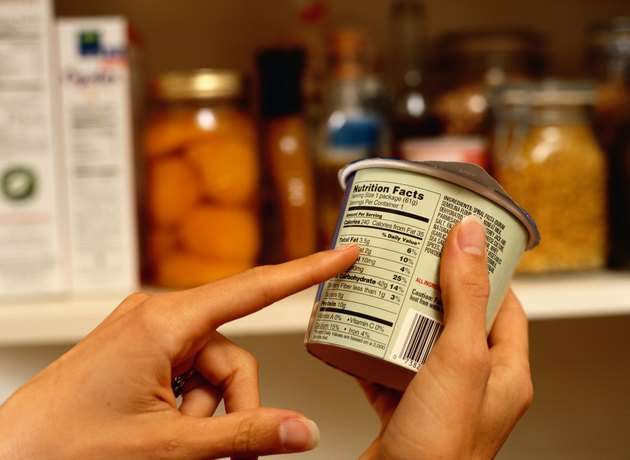How to Read a Nutrition Label and Get Your Macros Right
If you’ve ever used a calorie-tracking app or looked into going low-carb or trying the keto diet, you’re likely familiar with the term “macros.” But learning what macros are and how to properly count them requires you to, first and foremost, understand a nutrition label. I contributed this article toLiveStrong about how to read a nutrition label and everything you need to know about macros and the new nutrition label so you can make better food choices:
All foods provide energy for your body to function as well as nutrients to support the thousands of reactions necessary for your cells, tissues and organs to grow and maintain health. All whole foods provide a mixture of macronutrients (also known as macros) and micronutrients — which you’ll see on a nutrition label.
As their respective names state, macronutrients are the nutrients that our bodies need in large amounts and are made up of fats, carbohydrates (including fiber and sugar), [and] proteins.
Now that you understand what macros are, how do you know how much of each macro you need? While there is no one-size-fits-all with regard to nutrition recommendations, the 2015-2020 Dietary Guidelines for Americans recommend following the Acceptable Macronutrient Distribution Range (AMDR), which is a percentage range of each macro that makes up the total diet. These ranges can be individualized based on age, gender and health status as well as your health and fitness goals.


Leave a Reply